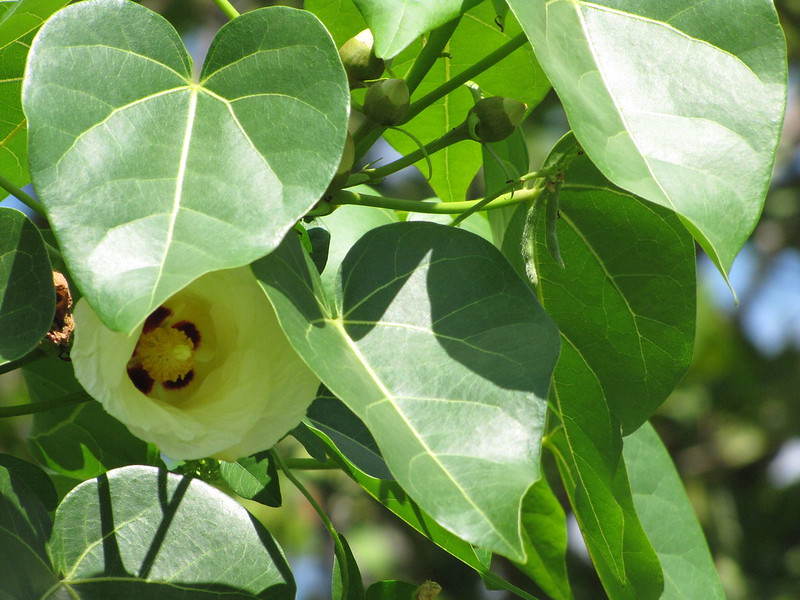Big Tree: Milo

Common Name: Milo
Scientific Name: Thespesia populnea
Range/ Habitat: Found throughout the tropics in coastal areas. In Hawaii specifically, Milo has been found on all main islands with the exception of Kaho’olawe at elevations ranging from sea level to 900 ft.
Significance: The beautiful wood was prized by early Hawaiians second only to Kou, to make food bowls (ʻumeke milo), poi calabashes, platters (pā milo), and dishes. The bark was also used as cordage, while the fruits produce a yellowish green dye, medicine, oil, and gum. Milo was considered a sacred tree and the use prohibited by commoners. The house of King Kamehameha I in Waikīkī was surrounded by Milo. Today, the seeds are sometimes strung for permanent lei. The dark heartwood is moderately heavy, easy to work with, has a low shrinkage in drying and is durable. Today, the wood is still fashioned into beautiful items such as carvings, bowls and platters.
Photo by Forest & Kim Starr.
